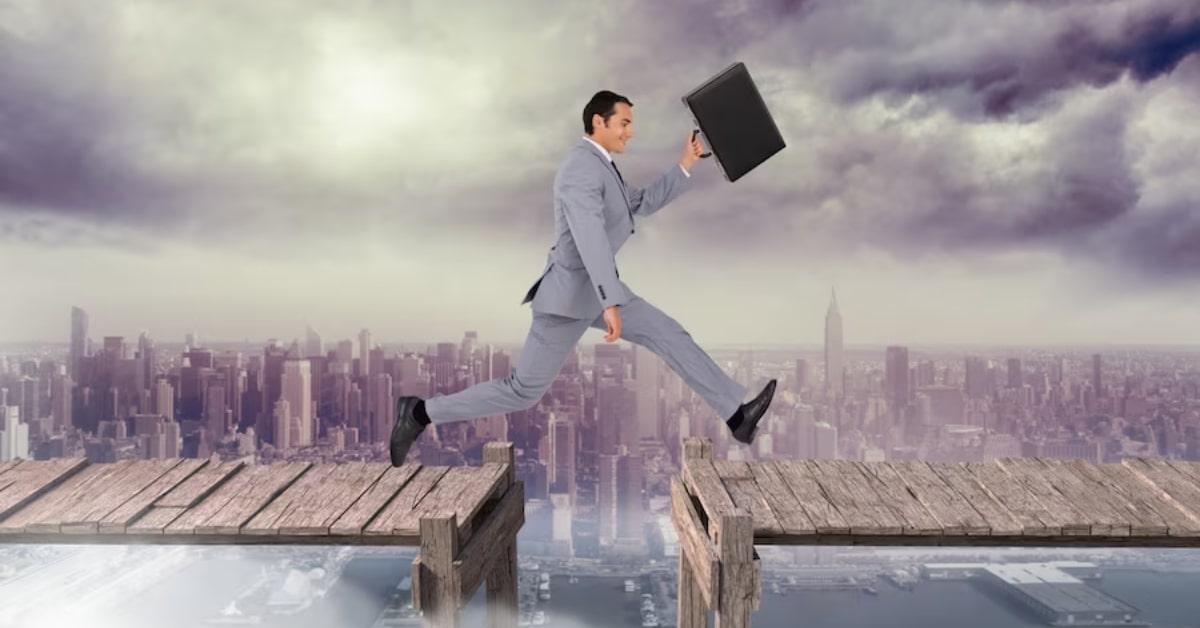Physical manipulation photography is a captivating and hands-on art form that allows photographers to create stunning and imaginative images through practical techniques and careful manipulation of the subject or surroundings. In this article, we will dive into the world of physical manipulation photography, uncovering the essence of this art, the techniques involved, and the creative possibilities it offers to photographers and enthusiasts.
Art of Physical Manipulation Photography
Physical manipulation photography, often referred to as “practical effects photography,” involves physically altering the subject, the environment, or the photographic process to achieve creative and artistic results. Unlike digital manipulation, this art form relies on physical actions, such as distorting, bending, or transforming subjects and objects.
Techniques and Approaches in Physical Manipulation Photography
Physical manipulation photography encompasses various techniques:
- Forced Perspective: Manipulating the position and scale of subjects to create optical illusions.
- Reflections and Refractions: Using reflective surfaces, prisms, or glass to bend and distort light and create unique effects.
- Freezing Motion: Capturing fast-moving subjects in action, often requiring high-speed photography.
- Liquid Manipulation: Using water, liquids, or other substances to create dynamic and surreal effects.
- Long Exposures: Creating mesmerizing light trails and ghostly images through controlled camera movements.
Subjects and Themes
Physical manipulation photography offers endless possibilities for creative expression. Photographers often explore themes like:
- Nature: Transforming landscapes, water, and wildlife into surreal and dreamlike scenes.
- Portraiture: Creating unconventional and visually stunning portraits through unique techniques.
- Abstract Art: Using practical effects to generate abstract and evocative compositions.
- Still Life: Transforming everyday objects into extraordinary and visually striking images.
Essential Equipment and Tools
To practice physical manipulation photography, you may need the following equipment and tools:
- Camera and Lens: A DSLR or mirrorless camera with a variety of lenses for versatility.
- Tripod: To ensure stability during long exposures and precise composition.
- Remote Shutter Release: To minimize camera shake when capturing images.
- Reflective Surfaces: Mirrors, glass, and other reflective objects for creating reflections and refractions.
- Light Sources: Flashlights, LEDs, or other light-emitting tools for creative lighting.
Creative Process: From Idea to Final Image
The creative process in physical manipulation photography involves:
- Concept Development: Brainstorm ideas and concepts for your photos.
- Planning: Prepare your equipment and set up your scene.
- Execution: Physically manipulate your subject or environment while capturing images.
- Post-Processing: Edit your photos, enhancing colors, and contrast, and fine-tuning details if necessary.
- Sharing and Feedback: Share your work with the photography community and gather feedback to improve your skills.
Conclusion
Physical manipulation photography is a hands-on art form that empowers photographers to transform reality into captivating and imaginative compositions. Whether you’re a seasoned professional or a budding enthusiast, this creative avenue offers limitless possibilities for experimentation and artistic expression. Dive into the world of physical manipulation photography, and let your creativity flow, as you craft unique and visually stunning images that tell your story and captivate your audience.
FAQs
Do I need advanced photography skills for physical manipulation photography?
While some techniques may require experience, physical manipulation photography can be explored by photographers of all levels.
Are there any safety considerations in liquid manipulation photography?
Safety is paramount. Ensure proper ventilation and handle liquids carefully to avoid accidents.
Can I achieve creative effects with basic equipment?
Yes, creative results can be achieved with basic equipment; however, more specialized tools may offer greater possibilities.
What are some creative themes to explore in physical manipulation photography?
Themes like motion, reflections, surrealism, and storytelling offer endless creative potential.
Is post-processing required for physical manipulation photography?
Post-processing is optional, but it can enhance and fine-tune your images for a more polished look.
This page was last edited on 20 February 2024, at 4:47 pm
